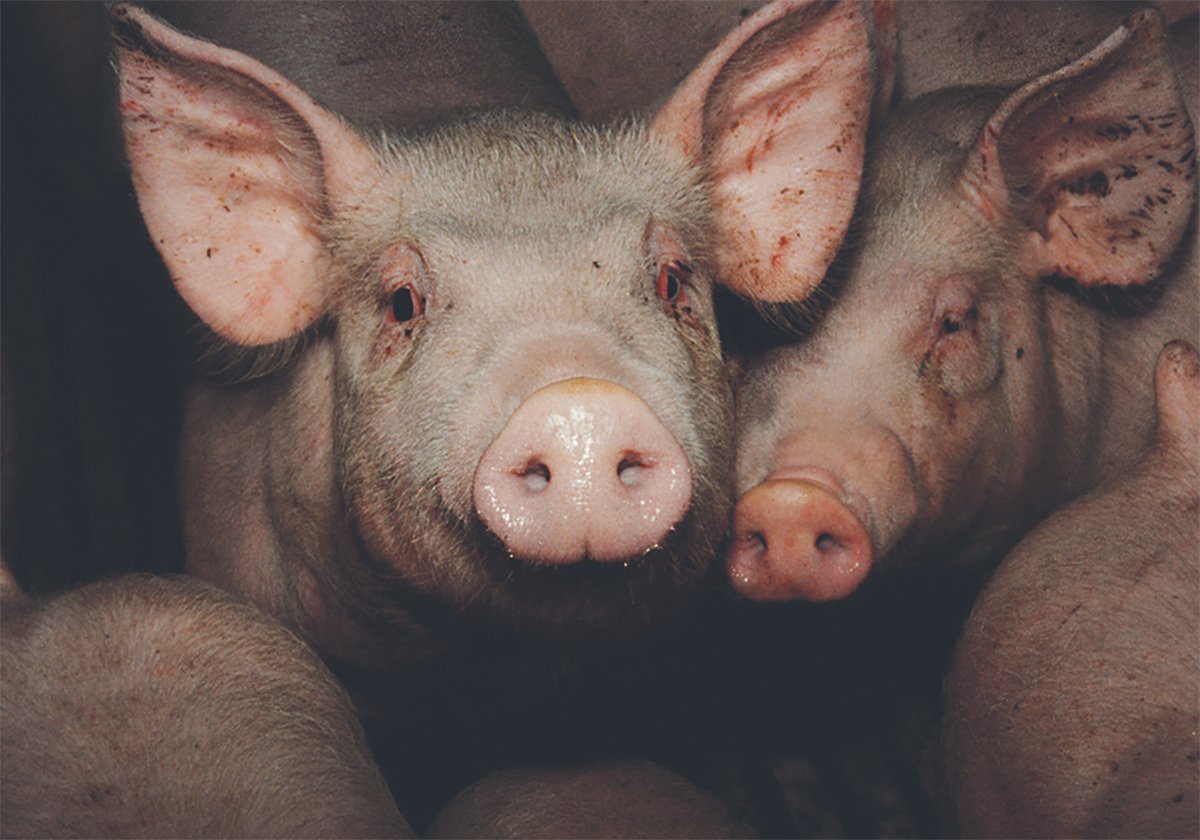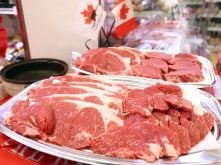When Erik Ashworth decided to raise pigs, he knew he did not want to be another conventional pork producer.
“It was a dream of mine. I didn’t want a barn but I had no firm idea how I would do it.”
He and his wife Lorie formed Lorik Farms in northwestern Alberta’s Peace River region, where they raise 50 sows in outdoor conditions year round.
“We have consistently kept it the opposite of intensive,” he said.
Since 2000, the sows and their litters have lived on a quarter section of rotated pastures where they have space to root, run and eat grass.
Read Also

The Western Producer Livestock Report – October 30, 2025
Western Producer Livestock Report for October 30, 2025. See U.S. & Canadian hog prices, Canadian bison & lamb market data and sales insights.
“I had something to prove to the conventional market. They said it was impossible to have pigs outside year round.”
The pastures are divided into a wagon wheel layout of 10 pastures that come together at a central handling and water facility. Electric fences are used for perimeter and cross fencing and guard dogs keep predators away.
Large straw bales provide winter shelter, with one bale available per market hog, or about 500 straw bales for bedding, nesting and farrowing.
The pigs are raised without antibiotics, growth stimulants or animal byproduct protein. Feed consists of barley, wheat, soybeans, minerals and vitamins and is supplemented by pastures of bromegrass, alfalfa and seeded cereals.
“They do a lot of foraging if it is new and tender grass,” Ashworth said.
Bromegrass creates a turf that appears more resistant to hoof damage as the pigs root.
Tamworth and Yorkshire sows are bred to Duroc boars. Farrowing happens in April-May and September-October.
The Ashworths started with coloured pigs because they were concerned about sunburn but found that was not a problem. They later switched to Yorkshire sows with their higher rates of gain and better meat quality.
Each sow weans seven pigs per litter on average. The piglets are weaned at six to eight weeks and weighing starts when they reach 150 pounds.
Not only have the Ashworths learned about raising pigs outdoors, they are also marketing naturally raised pigs into conventional and direct markets.
Lorik Farms has been a certified organic grain operation since 1996 but the pigs are sold as natural pork because they are fed conventionally grown grain.
The original marketing plan was to sell into conventional markets with some farmgate sales.
This past year they ventured into more serious direct marketing at the Calgary Farmers’ Market. At first the Ashworths made the 91Ú2 hour one-way trip every week but have since cut back to every other week and now hire people to run their retail outlet at the market.
The meat is processed at Pure Country Meats in Strathmore, Alta., a provincially inspected processor. They had thought about doing their own processing on the farm but decided to leave it to the experts.
They chose the Calgary market because of the area’s one million residents, many of whom are affluent and willing to pay extra for their food.
“The general population doesn’t want to pay more for food,” Ashworth said.
Summertime traffic at the market averages 25,000 from Friday to Sunday and 10,000 in the winter.
Since the market is dedicated to farm-grown meat and produce rather than arts and crafts, stall operators see more repeat customers.
About 30 cuts are sold frozen in cryovac plastic bags. They started with traditional brown paper wraps but found customers like to see the meat before they buy.
Like everyone in the meat business, the Ashworths soon learned it is easy to sell the high-end cuts. The trim and byproducts are another matter, although as they build a following at the farmers’ market, customers have asked for hocks, feet and liver. One person wanted a head.
“Every day is different,” Lorie said.
In the summer people are looking for chops for the barbecue while winter sees an increased demand for roasts.
They are also learning to watch the holidays such as Christmas and Easter, when people request more hams.
While they have sold sides of pork, the Ashworths find city customers usually want small orders. They are either single or don’t have children and often do not have a freezer to store large orders.
They have learned their customers have specific reasons for supporting them.
While some favour the outdoor husbandry system, considering it a more natural and humane method, others want hormone and antibiotic free meat or prefer to buy direct from producers.
“People find the flavour in pork sold in the stores has gone down,” Lorie said. The Ashworths believe exercise improves the pork’s quality and taste.
So far, the venture has been satisfying for the Ashworths and their two young children.
Erik worked in the forest industry for the five first years but once the children arrived he decided he wanted to earn his living full time on the farm and be home with his family.
“I’m worried about agriculture, where too many people have to leave the farm for money,” he said.
He thinks that as food producers, they should be able to gain enough return so they can do it properly full time.















